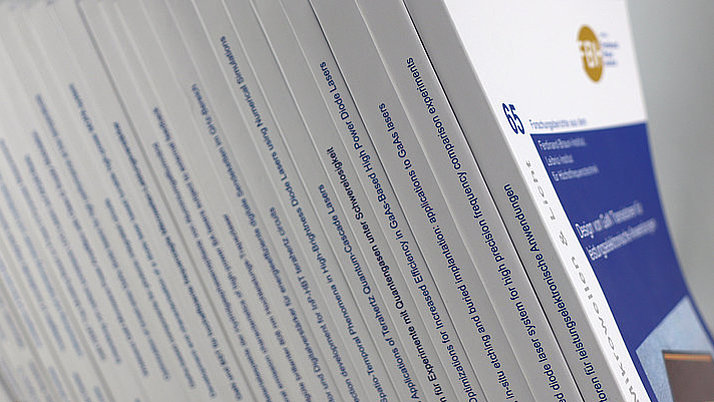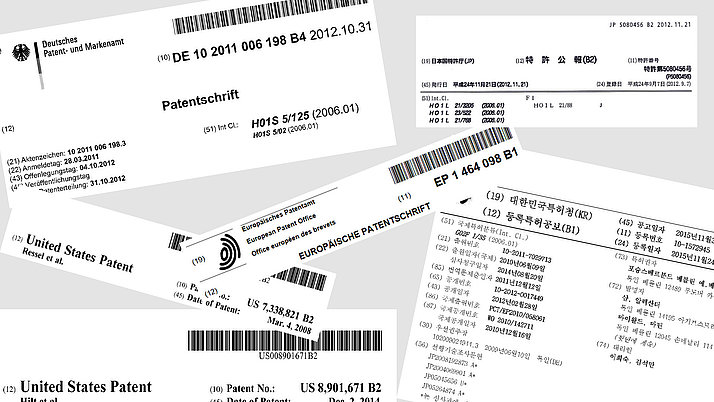Time-Resolved Investigations of the Capacitive to Inductive Transition in a Microwave-Driven Plasma Source
H.-E. Porteanu1, I. Stefanović2, M. Klute3, P. Awakowicz2, R.-P. Brinkmann3, and W. Heinrich1
Published in:
IEEE Trans. Plasma Sci., vol. 53, no. 4, pp. 571-578 (2025).
Abstract:
Measurement of resonances requires data acquisition at different frequencies. Tracing the evolution of a resonance, therefore, requires a long time for each step. Reproducible events allow us to record data in the time domain at different fixed frequencies and then to rebuild the resonance shapes at different times. Using this method, the ignition process and the transition from electrostatic to electromagnetic coupling (E–H) have been investigated for plasma formation in different gases (He, Ar, N2, and O2) and pressures (20–2000 Pa). The microwave source used offers a miniature model of an inductively coupled plasma (ICP) inside a quartz tube and has a relatively narrow resonance in the range of 2.4–2.5 GHz with or without plasma. After a short time with only capacitive coupling, at low pressures, there is a coexistence of two resonances, indicating that capacitive and inductive coupling exist. At high pressures, the ignition time is much longer, and a common hybrid resonance appears. Helium and argon show an increase in time over tens of microseconds of the resonance frequency corresponding to inductive coupling, which means, in our global model, a very slow increase of the electron density. Nitrogen and oxygen show, on the contrary, a relatively long initial phase of capacitive coupling and then a stable electron density with inductive coupling. Moreover, oxygen at high pressures shows a plateau, initially indicating an attachment of electrons to oxygen atoms (O−) and after hundreds of microseconds followed by the formation of positive oxygen ions.
1 Department of Microwave, Ferdinand-Braun-Institut für Höchstfrequenztechnik (FBH), 12489 Berlin, Germany
2 Chair of Applied Electrodynamics and Plasma Technology, Department of Electrical Engineering and Information Science, Ruhr University Bochum, 44801 Bochum, Germany
3 Chair of Theoretical Electrical Engineering, Department of Electrical Engineering and Information Science, Ruhr University Bochum, 44801 Bochum, Germany
Index Terms:
E–H transition, inductively coupled plasma (ICP), microwave plasma, time resolved.
© 2025 IEEE. All rights reserved, including rights for text and data mining, and training of artificial intelligence and similar technologies. Personal use is permitted, but republication/redistribution requires IEEE permission. See https://www.ieee.org/publications/rights/index.html for more information.
Rightslink® by Copyright Clearance Center
Full version in pdf-format.


